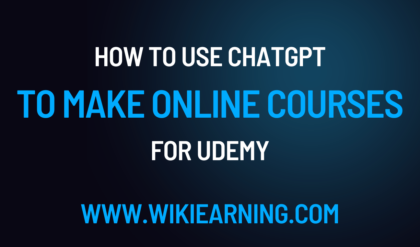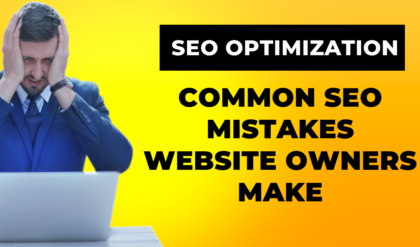Website Ranking. Search engine optimization (SEO) is the process of optimizing a website to improve its visibility in search engine results pages (SERPs) for relevant keywords and phrases. By following a set of best practices, you can increase the visibility of your website in search results, which in turn can drive more traffic to your site and improve your online presence.
Here are some basic steps for getting started with SEO as a beginner:
- Understand your audience: Before you begin optimizing your website, it’s important to understand your target audience. Consider their needs, preferences and search habits. Identify the keywords and phrases that they are likely to use when searching for your products or services, and use them throughout your website.
- Optimize your website structure: A well-organized website is easier for both users and search engines to navigate. Make sure that your website has a clear and logical structure, with a clear hierarchy and organization of content. Use a sitemap and create logical and meaningful URLs for your pages.
- Optimize your website content: Create high-quality, unique, and relevant content that provides value to your audience. Use keywords and phrases in your headings, titles, and throughout the body of your text to help search engines understand the topic of your page. Use internal linking to help users navigate your website and signal the importance of your pages.
- Optimize your images: Images play an important role in SEO. Optimize images by compressing them to speed up your website, and add alt text to describe the image for users with visual impairments. Also, use descriptive and relevant file names for your images and place them near relevant text.
- Use header tags appropriately: Use header tags, such as H1, H2, and H3, to signal the importance of different sections of your content and to make it easy for search engines to understand the structure of your page.
- Monitor your website’s performance: Use tools such as Google Search Console to monitor your website’s performance in search results. Monitor your search ranking, and track the number of clicks and impressions your website is getting. And identify any crawl errors or other technical issues that may be impacting your website’s visibility in search results.
- Promote your website: SEO is not the only way to drive traffic to your website, promote it through different channels. Such as social media, email marketing, content marketing and link building.
Remember SEO is a long-term strategy and it takes time to see the results. Keep experimenting, testing and learning. Also, be sure to keep up-to-date with the latest SEO best practices and guidelines.





